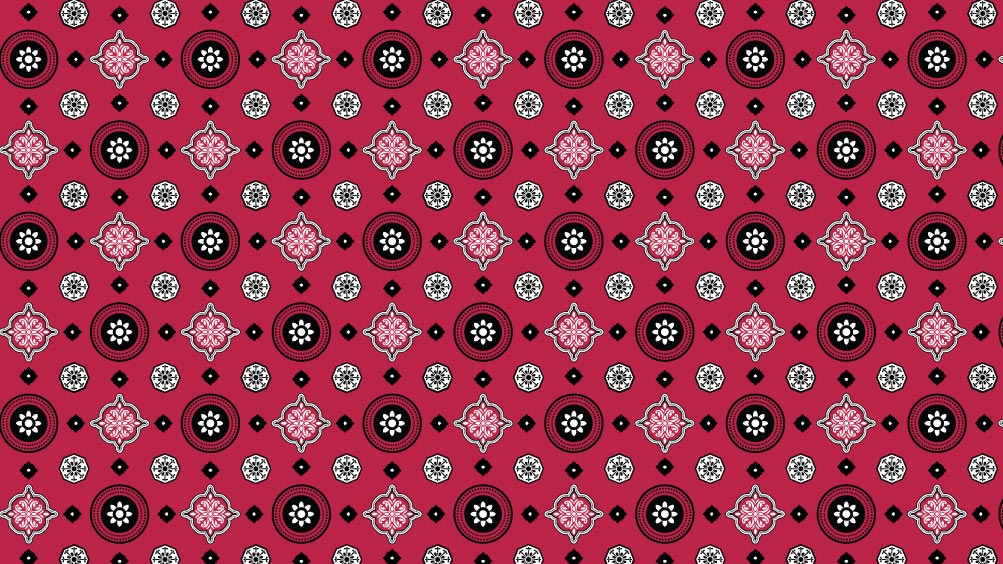Dates back to more than 5000 years ago from 2500BC-1500BC in the great Indus Valley Civilization of Moen Jo-Dero; this marvellous masterpiece of art, AJRAK or AJRAKH, was worn by the Kings and Priests of that time to show their greatness and importance. Ajrak has become a symbol of the Sindhi culture and traditions due to its long and rich history.
In Arabic, Ajrak means blue or indigo, predominantly used in Ajrak.
The shawls of Ajrak are made by hand via block printing. In this labour-intensive method, nature plays a vital role in nurturing the fabric and colours. The material of Ajrak is made of cotton. In contrast, the colours come from indigo and madder plants grown on the banks of the Indus River. Standard colours used while making the designs may include but are not limited to blue, red, black, yellow and green. Keeping the tradition alive, making ajrak to this date is done by hand. The process involved the days and many people doing different tasks simultaneously. The blocks themselves are an intricate part of this process that may take many carvers to form a single block out of teak wood. These blocks with minute details are also worth appreciating due to their complexity. The natural ingredients of the Ajrak making make it non-allergic to everyone and resistant to the harsh environment.
The people of Sindh have a deep reverence for ajrak, sometimes referred to as ‘Ageless Ajrak’. From birth to marriage until death, ajrak commemorates all significant events of the life cycle. This cloth is not only used for special occasions but also has various usage in everyday living. It is used and re-used till threadbare. It is worn as a turban, a shawl, spread as a bedsheet, table cloth and when worn out, recycled as a hammock, cover for a bullock cart, and most commonly used as a backing to patchwork quilts, called rillis.
Most of the heads of state and dignitaries of Pakistan have used ajrak in their public meetings to show respect and as a token of solidarity for Sindh Province.
Today, the ajrak of Sindh faces many problems. For example, access to adequate or clean water fewer wages. The commercialization and digitalization of this art possess some threats. Still, on the other hand, it had encouraged people to search for the original art.
Let’s support Ajrak!









2 thoughts on “Ajrak | Pride of Pakistan”
Buy Lovely Ajrak designed products at:
https://www.redbubble.com/i/comforter/Red-and-blue-Sindhi-Ajrak-by-FancyDoc/95067805.UBAD9
or
https://theteestore-7.creator-spring.com
Hello, So Good Ajrak OMG!